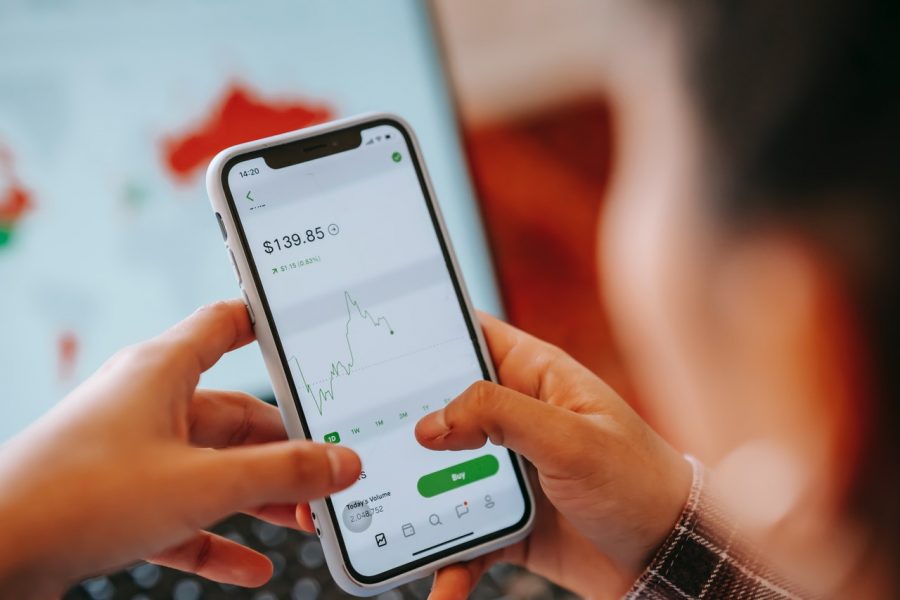What are Exchange Traded Funds (ETFs)?
For short, exchange-traded funds, or ETFs, are investment vehicles that trade on an exchange like a stock. Because they trade like a stock, the prices of ETFs fluctuate throughout the day as stocks do.
An ETF can consist of nearly any type of asset (stocks, bonds, currencies) and comes in many varieties, including broad-based indexing, specialized industry sector-focused investments and leveraged long or short positions depending on their objective.
What is an index fund?
An Index Fund (or ETF) tracks a particular market index by holding the same proportion of the securities found in that market Index. For example, you can use an S&P 500 ETF to track the same securities in the Standard & Poors 500 stock index. Holders of S&P 500 ETFs benefit from any dividends paid out by companies listed in the S&P 500 and also share in any increase or decrease in the value of those securities. https://fabricarpinturas.com/
If you want to sell your shares, they can be repurchased at close to what you originally paid for them because they represent ownership in a collection of well-known large stocks which rarely lose value over time.
Why invest in ETFs?
There are many reasons to consider investing your money into an ETF rather than just simple stocks. Like most other investment vehicles, one needs to weigh out the risk versus reward ratios before jumping in first, but generally,
ETFs are considered safer than stocks. It’s because, in most cases, you can sell an ETF back to the market at its share value even aftermarket hours, whereas with a stock, once it’s traded hands, there is no guarantee of where the price will settle and thus may result in a loss if sold soon after market close.
ETF benefits
Liquidity – many investors want to buy and sell stocks all the time. ETFs are a great way to get exposure to a particular index or asset class without having to go through the hassle of buying and selling individual stocks.
Managed portfolios
Most major brokers offer ETFs as part of managed mutual funds and other investment packages, which allow you to create your custom portfolio based on your age, income etc. These “packages” aren’t free but do take away some of the stress involved in ensuring that you’re adequately diversified across different industries, market caps etc.
Not only that, they provide automated rebalancing for maximum tax efficiency and access to financial advisors should you need them.
How do I get started investing in ETFs?
Getting started making investments into ETFs couldn’t be easier! Create an account online with any significant brokerage like Vanguard or Charles Schwab (you may already have accounts with them anyways!) and specify how much money you want to invest and for what period; your investment timing horizon, as financial analysts call it. Depending on the amount you choose to contribute and when it will give you a recommended list of ETFs to invest your money into.
What should I look out for in an investment?
Before investing your hard-earned dollars, always be sure to research any ETFs before buying in. There is nothing worse than waking up and seeing that your investments have lost value! Determine whether or not the market sector is currently trending upwards (bullish) or downwards (bearish), what dividends are offered by this ETF and how much cash is in its reserve fund.
This way, if something unforeseen happens like a natural disaster or industry downturn, the reserve fund can help protect your investment from losses by selling off other assets from this pool of money.
Why not just invest in individual stocks instead?
While it is true that you can make more gains if you pick the right stock and time your investment correctly, investing in ETFs provides a much safer alternative to picking specific companies. Without extensive finances and market knowledge, choosing stocks can be a risky proposition for beginners.
With ETFs, however, the best ones will generally rise with the market indices while also offering dividends from various industries, which can add up to hundreds of dollars each year. If this sounds like something that interests you, then, by all means, get started learning how ETFs work.


